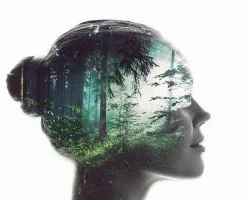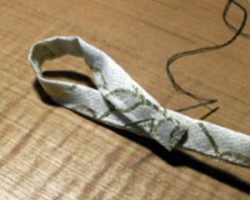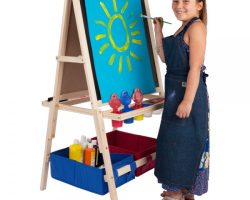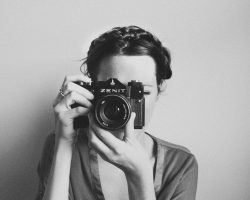
The Benefits Of Using Photoshop Actions For Concept Sketches
Photoshop actions are a great way to quickly and easily create concept sketches and designs without having to worry about coding or learning a new program. With actions, you can quickly create sketches and designs without having to learn how to code or learn a new program. Additionally, using actions can help you save time and energy when creating content, as you can quickly and easily create sketches and designs without having to worry about coding or learning a new program.
Welcome to my blog post about The Benefits of Using Photoshop Actions for Concept Sketches. Photoshop Actions are a great way to quickly and easily create sketches and illustrations using the Photoshop software. By using Photoshop Actions, you can create high-quality, professional-looking sketches and illustrations quickly and easily.
There are many benefits to using Photoshop Actions forconcept sketches and illustrations. For example, you can save time and energy by using actions instead of trying to create sketches and illustrations from scratch. actions can also be more efficient because they can be completed quickly and without any complications.
There are a few types of Photoshop Actions that are particularly helpful for concept sketches and illustrations. For example, the Sketch Action can be used to quickly create sketches and illustrations from scratch. The Inktipse Action can be used to create vector illustrations and designs. The Outline Action can be used to create detailed outlines of sketches and illustrations.
If you want to learn more about the benefits of using Photoshop Actions for concept sketches and illustrations, be sure to check out my blog post about the topic. I hope you find this blog post helpful and that you enjoy using Photoshop Actions for your next sketches and illustrations!
If you’re like most people, your creative juices flow when you’re creative. With the help of Photoshop actions, you can easily create stunning concept sketches and designs that are sure to impress your clients, friends, and family.
Here are some of the benefits of using Photoshop actions for concept sketches:
Increased Efficiency
When using Photoshop actions, you’ll achieve an increased level of efficiency in your sketches. This is because you’ll be able to create a sketch in just a few minutes, instead of hours or days.
More Productive
When you use Photoshop actions, you’ll be able to create more productively. This is because you’ll be able to focus on your sketches, and not on the task of editing them.
More Shown
When you use Photoshop actions, you’ll be able to show your sketches more clearly. This is because you’ll be able to create a complete sketch, without having to worry about editing it.
More Creative
When you use Photoshop actions, you’ll be able to create more creative sketches. This is because you’ll be able to use different tools to create different types of sketches.
More Efficient
When you use Photoshop actions, you’ll be able to achieve an increased level of efficiency in your sketches. This is because you’ll be able to create sketches in a shorter amount of time, and without having to worry about editing them.
There are many benefits to using Photoshop actions for concept sketches. Here are just a few:
You can quickly and easily create complex, complex designs without having to wait for hours or weeks.
You can quickly and easily improve the quality of your sketches without having to wait for hours or weeks.
You can easily and quickly fix mistakes in your sketches without having to wait for hours or weeks.
You can easily and quickly improve the organization and flow of your sketches without having to wait for hours or weeks.
You can easily and quickly change the look and feel of your sketches without having to wait for hours or weeks.
You can easily and quickly add text and illustrations to your sketches without having to wait for hours or weeks.
You can easily and quickly adjust the size and perspective of your sketches without having to wait for hours or weeks.
You can easily and quickly add color and shading to your sketches without having to wait for hours or weeks.
You can easily and quickly add text and illustrations to your sketches without having to wait for hours or weeks.
You can easily and quickly adjust the size and perspective of your sketches without having to wait for hours or weeks.
There are many more benefits to using Photoshop actions for concept sketches, but these are just a few of the most important ones. If you want to create high-quality and complex designs using Photoshop actions, you need to consult with a professional sketch artist who can help you learn the ropes.







